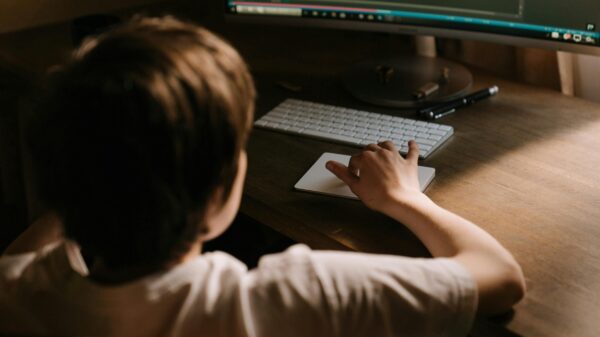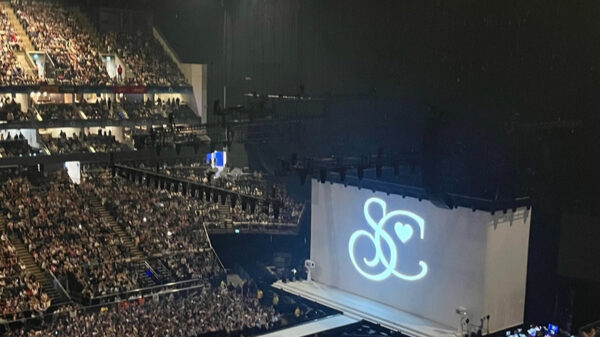Staff writer Taha Khambaty reviews “The Legend of Maula Jatt”, a Pakistani action film about a man on a quest for vengeance.
Warning: This article contains spoilers for “The Legend of Maula Jatt”.
Director Bilal Lashari stages a classical epic whose scope, characters and visuals will stay with you long after you have left the cinema.
The story follows Maula Jatt, played by Fawad Khan, who sets off on a quest for revenge against the Natt clan after uncovering that they killed his parents in a ploy to take control of the land. Accompanying Maula is his adoptive brother, Mooda, played by Faris Shafi, who pairs perfectly with Maula’s anger and grit and acts as the main comic relief of the film. The character is not one note, however, as his deep love for his brother and sense of courage makes the character quite compelling and layered. Of course, you could not have an epic without some (in this case, literal) moustache-twirling villains. Filling this role, Hamza Ali Abbasi and Gohar Rasheed play the two feudal princes of the Natt clan, Noori Natt and Maakha Natt respectively, with each bringing distinct personalities and ideologies that make them easy to hate and terrifying in different ways.
As an epic, it does its job incredibly well, with Lashari himself responsible for some grand cinematography that manages to tell entire stories in single, absurdly beautiful, shots. This is compounded by incredible set design that brings the villages and forts to life, making the film a visual spectacle. While the editing, also done by Lashari, is in no way bad, it does not feel as strong as the cinematography. There is a lack of long takes, making the action hard to sink your teeth into.
In terms of acting, Fawad Khan, while giving a great performance that shows Jatt’s internal conflict between his need to avenge the tragedies of his past and his duty to his present, is definitely not the highlight of the film. With Hamza Ali Abbasi projecting menace and fear while speaking in the gentlest of tones, Gohar Rasheed portraying a sadistic personality built on a fragile ego, and Faris Shafi depicting a jester ready to step up when needed, many of the actors give performances that are much more complex and memorable, despite getting less screen time.
Similarly, despite their great acting, the film’s actresses are often given very little to do. Raheela Agha performs admirably as the adoptive mother of Maula, trying to raise a son fixed on chasing a past she knows will only lead to more pain. However, she is afforded very little screen time at the start, and ends the film by forgiving Maula in a manner that feels unearned, resulting in her character feeling a bit muddy. This is the same with Mahira Khan’s performance as Mukkho, a very standard love interest, and Humaima Malik’s portrayal of Daaro, the standard ‘badass’ female villain. Both characters end up having very limited agency as, spoiler alert, Mukkho just ends up being a damsel in distress for Maula to save and Daaro, despite being accepted as the leader of the Natt clan (only because her brother gave her the role), proceeds to try and seduce Maula, and is killed off in the next 10 mins. This is a shame when the story is already focused on a heavily patriarchal structure and, as a result of these decisions, the film ends up treating all its female characters as objects for the sake of the plot.
Lastly, the plot meanders in the end before coming to its eventual conclusion, something that could have been fixed with stronger editing or just a tighter script. Yet, in spite of these flaws, the story remains quite enjoyable and well-executed. This is also evidenced by it being Pakistan’s highest-earning film with a global box office of $6.7 million in less than a month and becoming UK’s most successful Punjabi language film.
With incredible visual eye candy, phenomenal performance and dialogues that can not help but be remembered, The Legend of Maula Jatt earns a strong 8.7 Gandasas out of 10.











